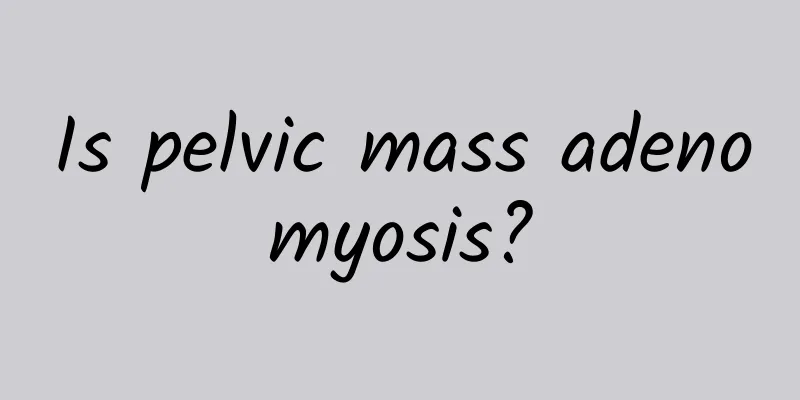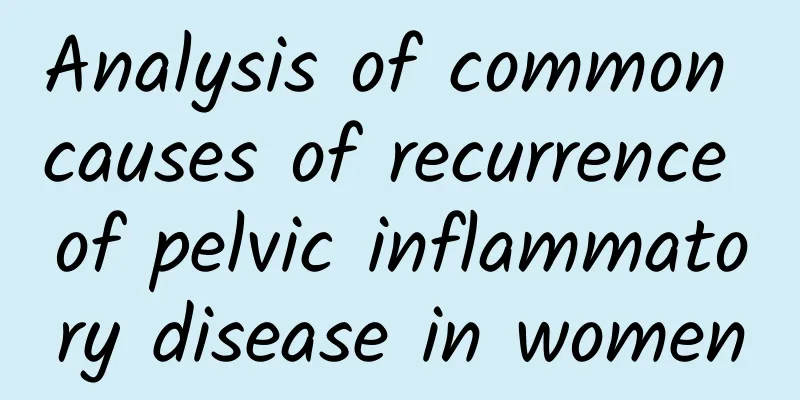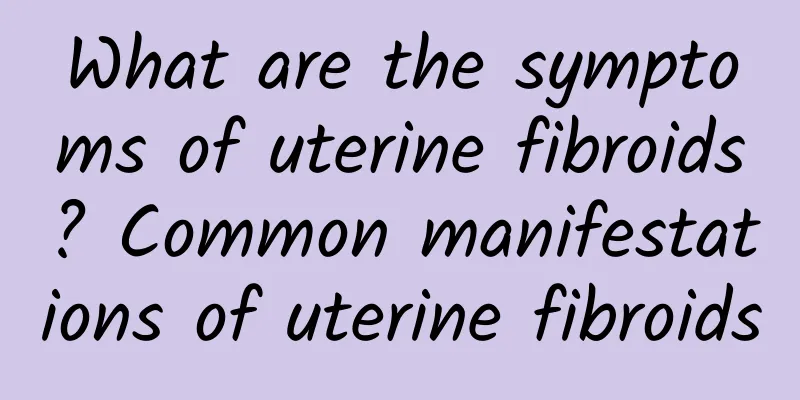Is pelvic mass adenomyosis?

|
A pelvic mass is not necessarily a symptom of adenomyosis, but it can be a manifestation of many diseases and requires a professional medical examination to confirm the diagnosis. A pelvic mass may be a manifestation of adenomyosis, but it may also be caused by other diseases such as ovarian tumors, hydrosalpinx, uterine fibroids, etc. If you feel discomfort in the pelvic area or find a mass, it is particularly important to seek medical attention in time. Pelvic mass may be caused by many reasons, adenomyosis is just one of them. Adenomyosis is a chronic disease caused by endometriosis to the myometrium. The main symptoms include severe menstrual pain, menorrhagia and pelvic pain. Doctors need to use imaging tests such as ultrasound and magnetic resonance imaging (MRI) combined with laboratory tests and clinical symptoms to confirm whether it is adenomyosis. It may also be caused by factors such as abnormal hormone levels and chronic infection. Given the complexity of the pelvic area, a comprehensive gynecological examination is recommended, including ultrasound examination, blood test, etc., to rule out other diseases. Pelvic mass may be caused by many reasons, adenomyosis is just one of them. Adenomyosis is a chronic disease caused by endometriosis to the myometrium. The main symptoms include severe menstrual pain, menorrhagia and pelvic pain. Doctors need to use imaging tests such as ultrasound and magnetic resonance imaging (MRI) combined with laboratory tests and clinical symptoms to confirm whether it is adenomyosis. It may also be caused by factors such as abnormal hormone levels and chronic infection. Given the complexity of the pelvic area, a comprehensive gynecological examination is recommended, including ultrasound examination, blood test, etc., to rule out other diseases. Regardless of the specific cause of the mass, proper handling and treatment is key. For possible adenomyosis, common treatments include medications such as nonsteroidal anti-inflammatory drugs to relieve pain, hormone therapy such as oral contraceptives, progesterone therapy to control symptoms, and surgical treatments such as hysterectomy for patients with severe or undesirable conditions. In addition to medical treatment, some measures can also be taken in daily life to relieve symptoms, such as maintaining a healthy diet, reducing the intake of high-sugar and high-fat foods, increasing the intake of fiber and vitamins, and doing appropriate aerobic exercise to reduce stress and improve physical condition. If you find a pelvic mass or have other uncomfortable symptoms, be sure to seek medical attention in time and get professional medical advice and treatment plans. |
<<: Can you get pregnant again after a molar pregnancy?
>>: How to treat early stage endometriosis
Recommend
Do you put the eggs in the refrigerator immediately after buying them? It turns out they were all wrong! Nutritionist Wu Yingrong debunks 4 common egg myths
Do you often buy eggs outside and put them in the...
What tests should women with cervical erosion do? Women must do 4 tests to diagnose cervical erosion
Nowadays, many women are very worried that they w...
Is hyperprolactinemia harmful to the body?
Is hyperprolactinemia harmful? This disease is ve...
When will uterine fibroids be removed? When will uterine fibroids be removed?
Under what circumstances will uterine fibroids be...
What should be paid attention to in the treatment of uterine fibroids? Traditional Chinese medicine treatment method for uterine fibroids
The incidence of uterine fibroids has been high i...
What is uterine fibroids with nodules? Is uterine fibroids with nodules serious?
What is uterine fibroids with nodules? Is uterine...
Which hospital is good for treating congenital absence of vagina?
At present, the cost of medicines has increased s...
How to cure congenital cervical erosion? 3 treatment methods for congenital cervical erosion
Congenital cervical erosion is a problem that man...
What medicine do you need to take for cervical erosion?
Cervical erosion does not necessarily require dru...
Nursing intervention for patients with Bartholinitis
Bartholinitis is a disease that usually occurs in...
What causes thick endometrium?
Thick endometrium may be a physiological phenomen...
What to do if you want to get pregnant with uterine fibroids? Dietary treatment for uterine fibroids
The incidence of infertility in patients with ute...
Expert introduction: Early treatment of irregular menstruation
Patients with menstrual disorders should know tha...
Fat kids, sitting for long periods of time is the culprit! 5 Tips for Controlling Diet
During the summer vacation, the number of obese c...
What are the symptoms and treatment of pelvic inflammatory disease?
What are the symptoms and treatments for pelvic i...









